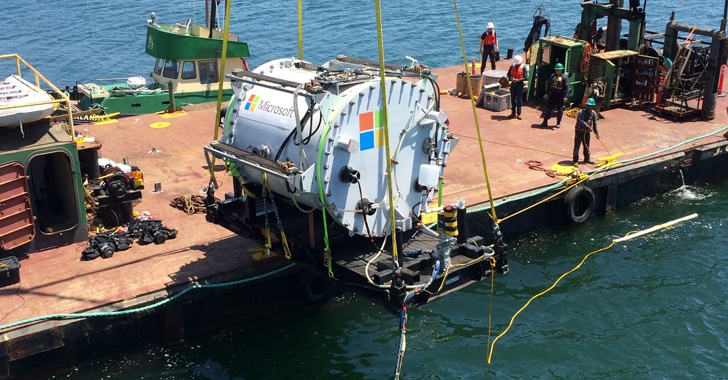CloudBees Jenkins before 1.640 and LTS before 1.625.2 allow remote attackers to bypass the CSRF protection mechanism via unspecified vectors.
Monthly Archives: February 2016
CVE-2015-7539
The Plugins Manager in CloudBees Jenkins before 1.640 and LTS before 1.625.2 does not verify checksums for plugin files referenced in update site data, which makes it easier for man-in-the-middle attackers to execute arbitrary code via a crafted plugin.
CVE-2015-7546
The identity service in OpenStack Identity (Keystone) before 2015.1.3 (Kilo) and 8.0.x before 8.0.2 (Liberty) and keystonemiddleware (formerly python-keystoneclient) before 1.5.4 (Kilo) and Liberty before 2.3.3 does not properly invalidate authorization tokens when using the PKI or PKIZ token providers, which allows remote authenticated users to bypass intended access restrictions and gain access to cloud resources by manipulating byte fields within a revoked token.
CVE-2015-8747
The multifilesystem storage backend in Radicale before 1.1 allows remote attackers to read or write to arbitrary files via a crafted component name.
CVE-2015-8748
Radicale before 1.1 allows remote authenticated users to bypass owner_write and owner_only limitations via regex metacharacters in the user name, as demonstrated by “.*”.
CVE-2016-1505
The filesystem storage backend in Radicale before 1.1 on Windows allows remote attackers to read or write to arbitrary files via a crafted path, as demonstrated by /c:/file/ignore.
CVE-2016-1905
The API server in Kubernetes does not properly check admission control, which allows remote authenticated users to access additional resources via a crafted patched object.
CVE-2016-1906
The API server in Kubernetes might allow remote attackers to gain privileges by editing a build configuration to use a restricted strategy.
Here's Why Microsoft Drops a Cloud Data Center Under the Ocean
Where tech companies like Facebook and Google prefer to move their data centers to colder countries to reduce their air conditioning bill, Microsoft has come up with an even better home for data centers while cutting high energy costs for cooling them: Under the Sea.
World’s First Underwater Data Center
Why Underwater Data Center?
A Few Limitations:
Future Of The Data Center
![]()
Chromodo Browser Disables Same-Origin Policy
Security vendor Comodo has been caught in an embarrassing gaffe. The Chromodo browser installed by default with Comodo Internet Security disables the same-origin policy.

